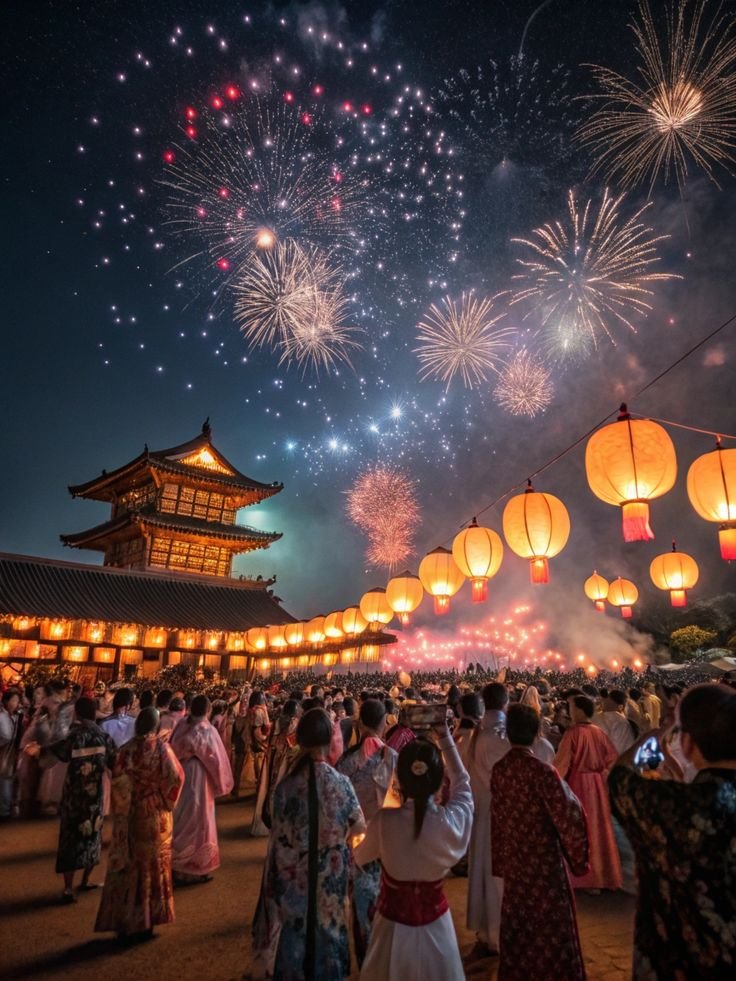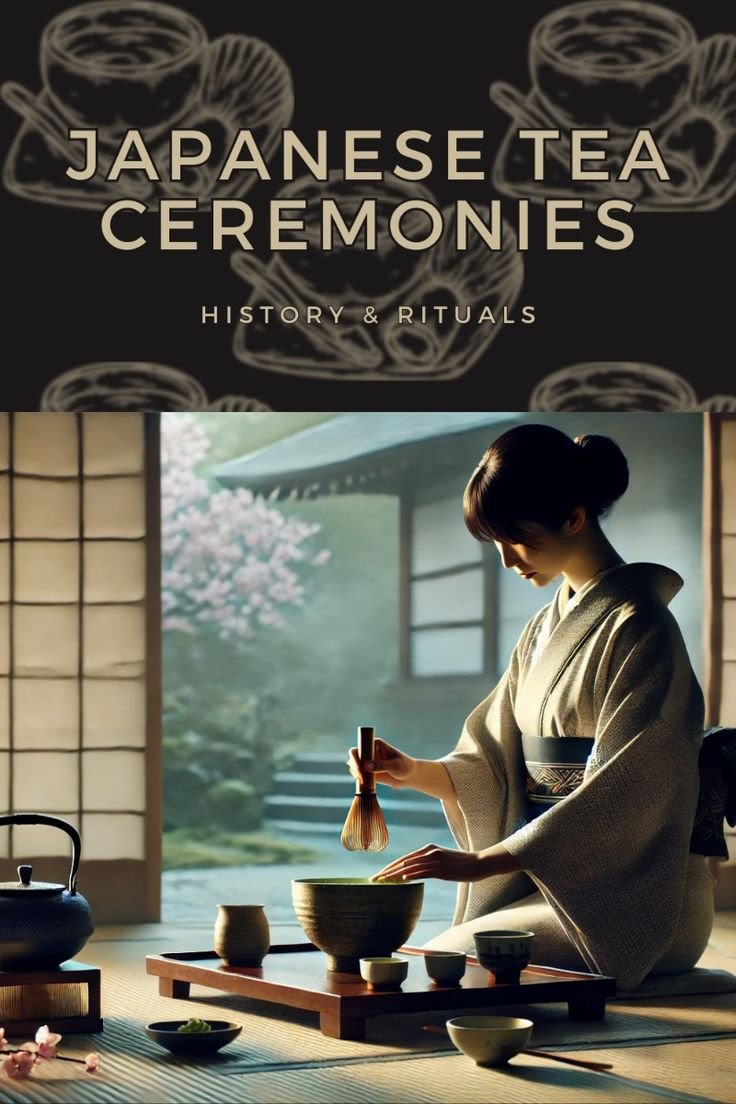Asia’s rich tapestry of cultures is vividly displayed through its traditional festivals. These grand celebrations not only captivate with their vibrancy and energy but also provide a window into the region’s deep history and spiritual essence. Here are ten must-experience traditional festivals in Asia that promise unforgettable memories.
1. Chinese New Year (China)
Chinese New Year, or the Spring Festival, is one of the most iconic celebrations in Asia. Marking the lunar new year, it’s a time of family reunions, feasts, and vibrant traditions. Cities across China come alive with dragon dances, lantern displays, and fireworks. Each year is associated with one of the 12 zodiac animals, adding unique themes and customs.
Highlight: The Lantern Festival, which concludes the celebrations, features mesmerizing illuminated lantern displays and lion dances.
When: January or February (based on the lunar calendar).
Where: Nationwide in China, with grand celebrations in Beijing and Shanghai.
2. Diwali (India)
Diwali, the Festival of Lights, celebrates the triumph of light over darkness and good over evil. Streets and homes across India are lit with oil lamps and vibrant decorations. Families gather to pray, exchange gifts, and enjoy a variety of traditional sweets.
Highlight: Fireworks light up the night sky, symbolizing joy and victory.
When: October or November (aligned with the Hindu lunar calendar).
Where: Across India, with Jaipur and Varanasi offering particularly spectacular celebrations.
3. Songkran (Thailand)
Songkran, the Thai New Year, doubles as one of the world’s largest water festivals. This energetic celebration involves water fights in the streets as families and tourists douse each other with buckets, hoses, and water guns. Traditionally, water symbolizes purification and renewal.
Highlight: Visiting temples to wash Buddha statues and offer prayers for prosperity.
When: April 13-15.
Where: Bangkok and Chiang Mai are the most festive locations.
4. Cherry Blossom Festival (Japan)
The Cherry Blossom Festival, or Hanami, is an elegant celebration of spring and renewal. Locals and visitors gather under blooming cherry trees to enjoy picnics, music, and traditional performances. Cherry blossoms, or sakura, are deeply symbolic in Japanese culture, representing the fleeting nature of life.
Highlight: Nighttime illuminations (yozakura) transform parks into magical wonderlands.
When: Late March to early April.
Where: Kyoto, Tokyo, and Fukushima are famous for their picturesque cherry blossom spots.
5. Tet Festival (Vietnam)
Tet, or Vietnamese Lunar New Year, marks the arrival of spring and a fresh start. It’s a time for family gatherings and honoring ancestors. Homes are decorated with kumquat trees and peach blossoms for luck, while traditional dishes like banh chung (savory rice cakes) are shared.
Highlight: Lion dances and the lighting of firecrackers to ward off evil spirits.
When: January or February (based on the lunar calendar).
Where: Hanoi and Ho Chi Minh City offer a mix of traditional and modern festivities.
6. Pushkar Camel Fair (India)
This vibrant festival blends a massive camel trade fair with religious rituals and cultural exhibitions. Pilgrims gather at the sacred Pushkar Lake for spiritual bathing, while the surrounding area hosts camel races, folk music, and dance performances.
Highlight: The camel beauty contest, where animals are adorned with colorful decorations.
When: November.
Where: Pushkar, Rajasthan.
7. Thaipusam (Malaysia)
Deeply rooted in Tamil Hindu traditions, Thaipusam is a visually striking festival of penance and devotion. Devotees honor Lord Murugan by carrying ornate kavadi (burdens) and undertaking acts of physical endurance, including body piercings.
Highlight: Kavadi bearers climbing 272 steps to Batu Caves, a significant Hindu pilgrimage site.
When: January or February (based on the Tamil calendar).
Where: Batu Caves near Kuala Lumpur.
8. Dragon Boat Festival (China)
The Dragon Boat Festival, or Duanwu, is a thrilling water-based celebration to honor Qu Yuan, an ancient Chinese poet and patriot. Dragon boat races, featuring brightly painted vessels and rhythmic drumming, take center stage. Families also enjoy traditional rice dumplings called zongzi.
Highlight: Watching the synchronized movements of oarsmen racing dragon boats.
When: June (5th day of the 5th month of the lunar calendar).
Where: Southern Chinese cities such as Guangzhou and Macau.
9. Boun Pi Mai (Laos)
Boun Pi Mai, or Lao New Year, is a joyous three-day celebration of purification and renewal. Water fights, traditional music, and dance bring communities together. Temples hold cleansing rituals with sacred water, symbolizing blessings for the year ahead.
Highlight: Pouring scented water on Buddha statues and elders as a sign of respect.
When: Mid-April.
Where: Luang Prabang is renowned for its traditional processions and ceremonies.
10. Gion Matsuri (Japan)
The Gion Matsuri in Kyoto is one of the oldest and grandest traditional festivals in Asia. Originating in the 9th century, it features a spectacular parade of intricately decorated floats, called yamaboko, as a way to appease the gods and ward off plagues.
Highlight: The Yasaka Shrine procession and nighttime street food markets.
When: Entire month of July, with the grand parade on July 17 and 24.
Where: Kyoto, specifically the Gion district.
Final Thoughts
Asia’s traditional festivals are living expressions of its diverse history and culture. From grand parades to solemn rituals, these celebrations offer immersive experiences that are as educational as they are unforgettable. Planning a trip around any of these festivals guarantees not just a peek into heritage, but memories to last a lifetime.




